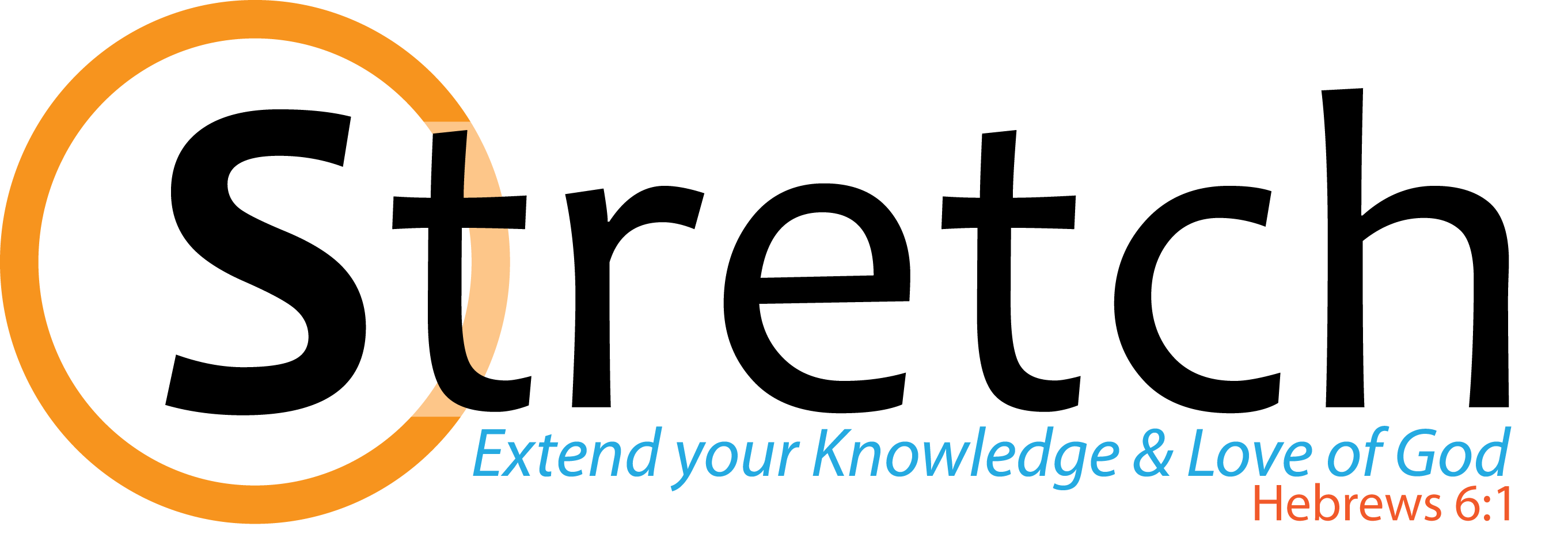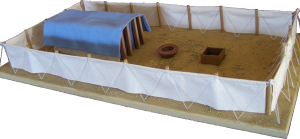
The annual Day of Atonement (or Yom Kippur) was the central event of Israel’s sacrificial calendar. The Book of Leviticus lays out the religious regulations for Israel’s relationship with God, and the Day of Atonement is literally at the centre of the book. (See diagram. Another way to make the same point to observe that there are 37 speeches of God in Leviticus. The Day of Atonement is the 19th speech with 18 speeches on either side). This deliberate focus on Leviticus 16 reflects the crucial importance that the Day of Atonement had to Israel’s life. It was quite literally the way that unholy sinners could continue to live in proximity to the holy God and his dwelling, the Tabernacle.
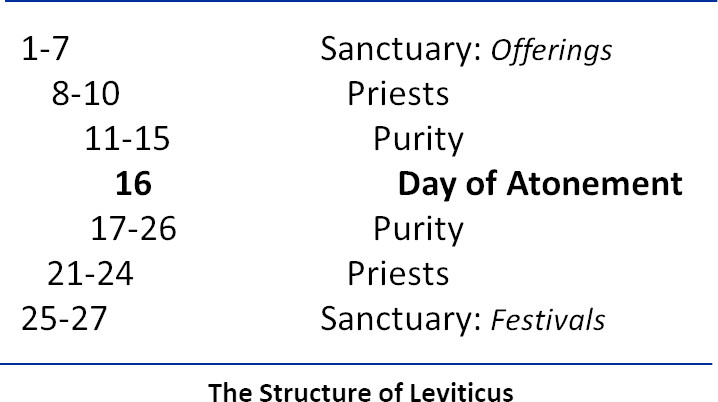
We previously took a tour of the Tabernacle, and observed the way in which it consisted of a series of buffer zones between God and his people. Holiness and sin are utterly incompatible; bringing sinners close to the holy God is like getting light and darkness to coexist. On the one hand the presence of sin and death constantly threaten to pollute and defile God’s dwelling. On the other hand, God’s holy presence constantly presents a threat to sinners.
Israel’s High Priest had the very intimidating job description of standing in the middle of this fraught situation. Israel’s priests would regularly wash themselves and enter the first room of the Tabernacle, the Holy Place, to do their daily duties. However, the High Priest alone was to enter the Most Holy Place! He even had the declaration “holy to the Lord” written on his headpiece (Exodus 28:36). The High Priest was the member of the Tabernacle staff who was punching way above his weight!
The High Priest’s means of access proved his inadequacy for his role. Although he was designated for the ministry of entering the Most Holy Place, he only entered once per year, and he did so with extreme caution and special preparation. It was both the most prestigious job in Israel and the most dangerous. Leviticus 16 begins with a stern reminder of the caution needed, recalling that two of Aaron’s sons once took it upon themselves to approach God in the Tabernacle and died in the process (Leviticus 10:1-3; 16:1-2).
When we speak of ‘atonement’ it usually refers to people being washed of their sins. However on the Day of Atonement the main thing being washed was the Tabernacle itself. Leviticus portrays sin as the moral equivalent of vile sewage Thus, over the course of the year the filth of Israel’s sin would pollute the Tabernacle. On the Day of Atonement the priest would cleanse the Tabernacle so that it was suitable for God to continue living in. The Day of Atonement was a kind of spiritual spring-cleaning for God’s tent.
The Day of Atonement in Nine Steps
1. Preparation (16:1-5)
2. Sin Offering for the High Priest (16:6, 11-14)
to atone for the Ark of the Covenant (Most Holy Place)
3. Sin Offering for the People (16:15-17)
to atone for the Ark of the Covenant, i.e. Most Holy Place
4. Atone for the Incense Altar (16:16-17)
i.e. for the Holy Place
5. Atone for the Altar of Burnt Offering (16:18-19)
i.e for the Courtyard
6. Scapegoat Ritual (16:7-10, 20-22)
7. Washing (16:23-24a)
8. Burnt Offerings (16:24b-25)
for High Priest & people
9. Clean Up (16:26-28)
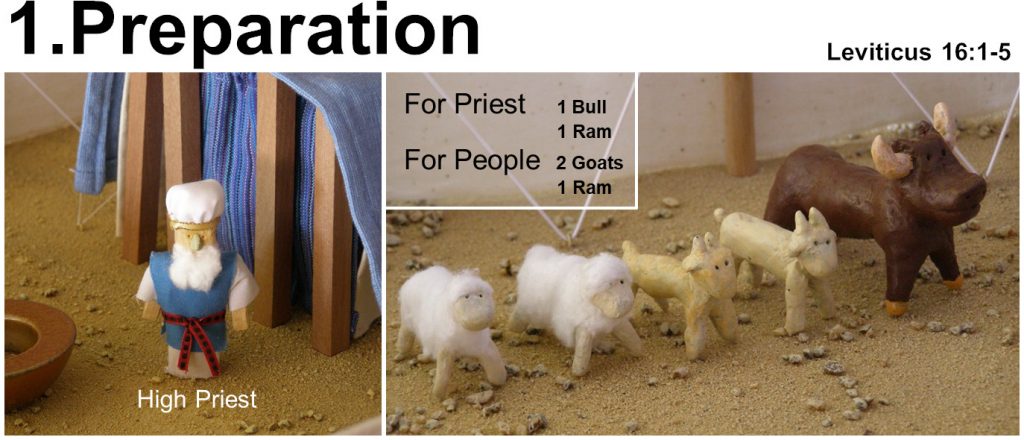
The Day of Atonement ceremony was performed by the High Priest alone. Five animals were required for it: 1 bull, 2 rams, and 2 goats (Leviticus 16:1-5). The bull was a sin offering for the sins of the priest and one of the goats was a sin offering for the sins of the people. Sin Offerings were offered to wash away guilt for sin and bring forgiveness (Leviticus 4:1-12). Leviticus teaches that sins vary in significance depending on who commits them, their severity, and their intent. Thus it take more to atone for the sin of the High Priest than for the people. This is why the High Priest’s sins were atoned for with a bull, the most valuable animal the Israelites owned, whilst a goat sufficed for the people.
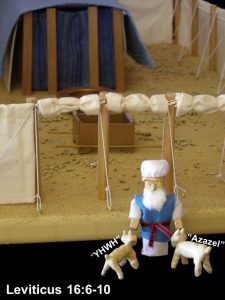
But why sacrifices? Blood sacrifices were made for the sins of Israel as substitute deaths in the place of sinners. Leviticus 17:11 explains that the life of the animal is in its blood and that this is what makes blood atoning. The Apostle Paul would later say that ‘the wages of sin is death’ (Romans 6:23), and the sacrificial system repeatedly made that point in a different way. Sinners die in the presence of God, but the death of a substitute would cleanse God’s people of sin and defilement. Of course, it wasn’t a permanent washing, hence this ceremony being an annual occasion. But more on that later…
The High Priest casts lots over the two goats. One was designated the goat ‘for YHWH’, that is, for God. The other was literally ‘for Azazel’ (Leviticus 16:8-10), though it is more commonly labelled as the ‘scapegoat’. We use ‘scapegoat’ today to refer to unjustly attributing blame to someone who isn’t responsible. In the Bible it is a matter of grace, not injustice. God graciously provides a way to entire remove his people’s sins from them so that they would be clean.
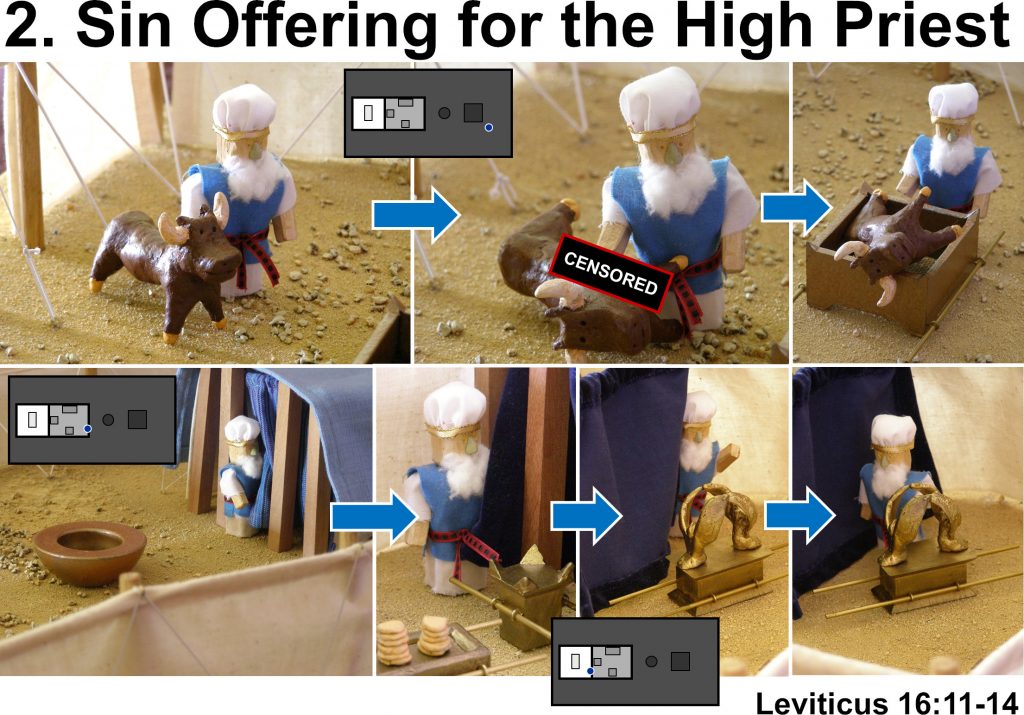
First the High Priest made an offering for his own sin. He offered the bull on the Burnt Offering Altar, and took its blood into the Tabernacle. Inside, he put incense on the Incense Altar, creating a haze that obscured his vision and prevented him from seeing God and dying.
With his eyesight obscured the High Priest entered the Most Holy Place. He dripped the blood of the bull on the lid of the Ark of the Covenant. This cleansed the Ark (and the Holy Place) of the High Priest’s sin.
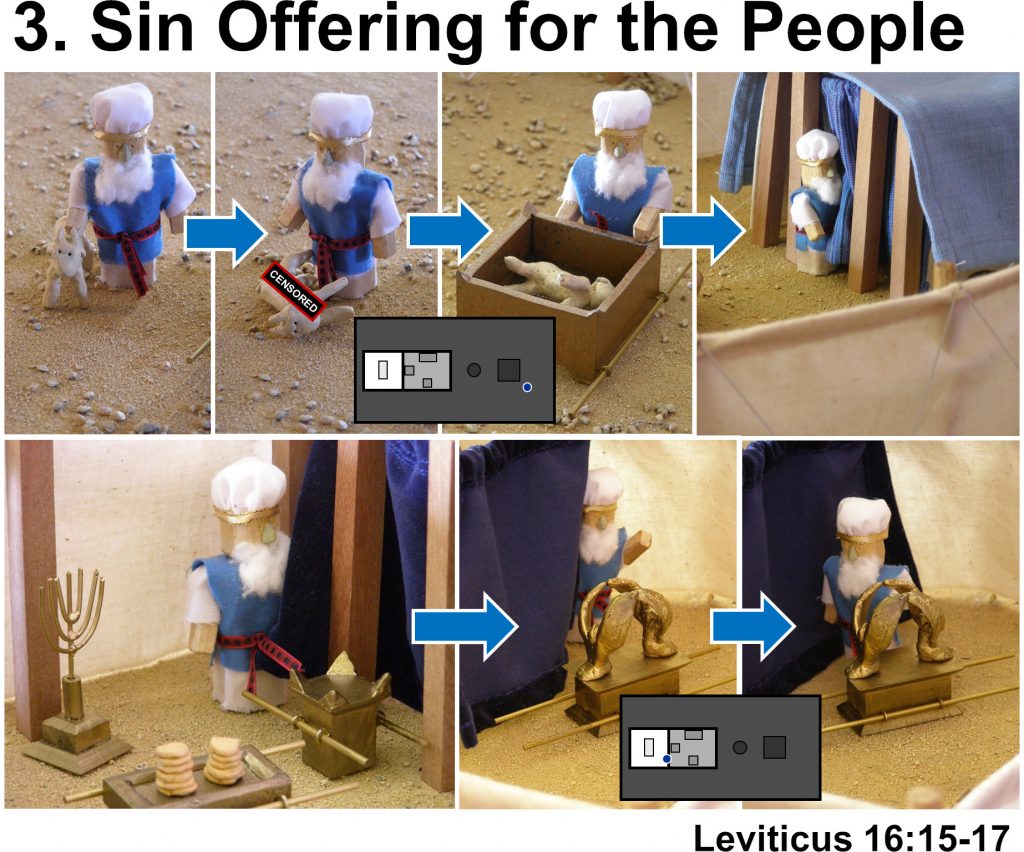
Next the High Priest would repeat the same actions undertaken with the bull, except now he did it with the goat assigned ‘for YHWH’. This sacrifice atoned for the sins of Israel that polluted the Most Holy Place. The Most Holy Place was now cleansed, and the High Priest would move to the next section of the Tabernacle.
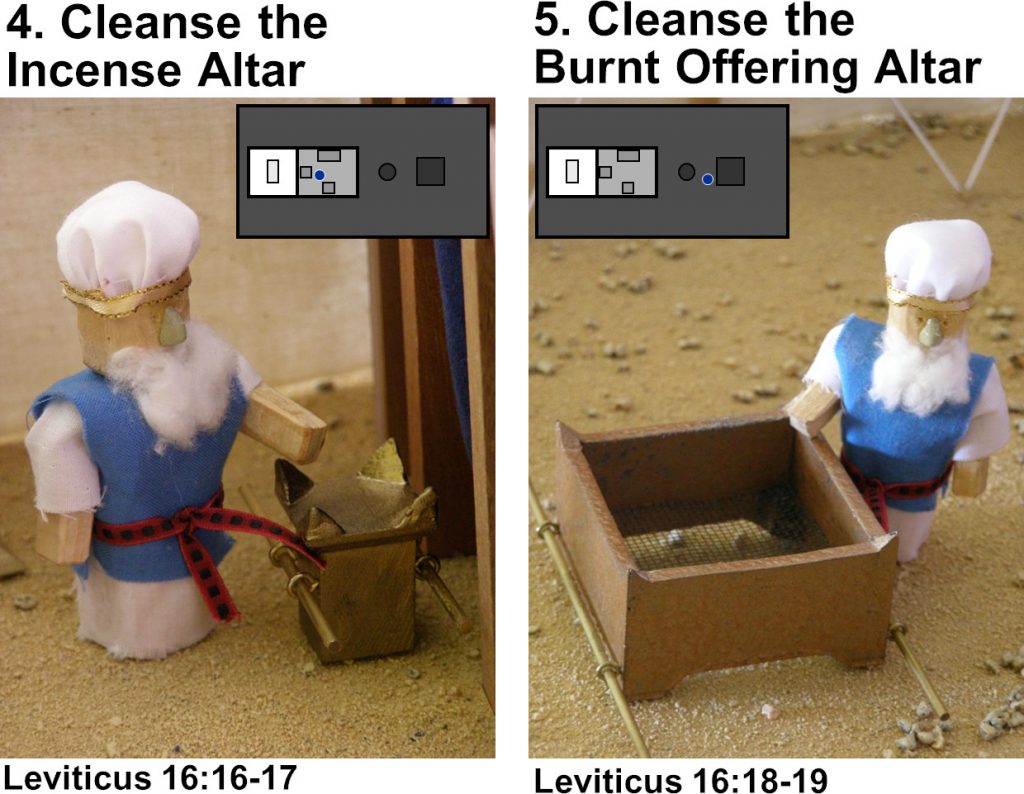
Just as the High Priest had cleansed the Most Holy Place (via the Ark of the Covenant), next he would atone for the Holy Place (via the Incense Altar) and then finally for the Courtyard (via the Burnt Offering Altar).
So far…
Notice the big picture of what has occurred so far: the pollution of sin has been washed and swept from the deepest, most holy room of the Tabernacle outwards. All the pollution of Israel had been swept out the front door and now waited to be carried away entirely.
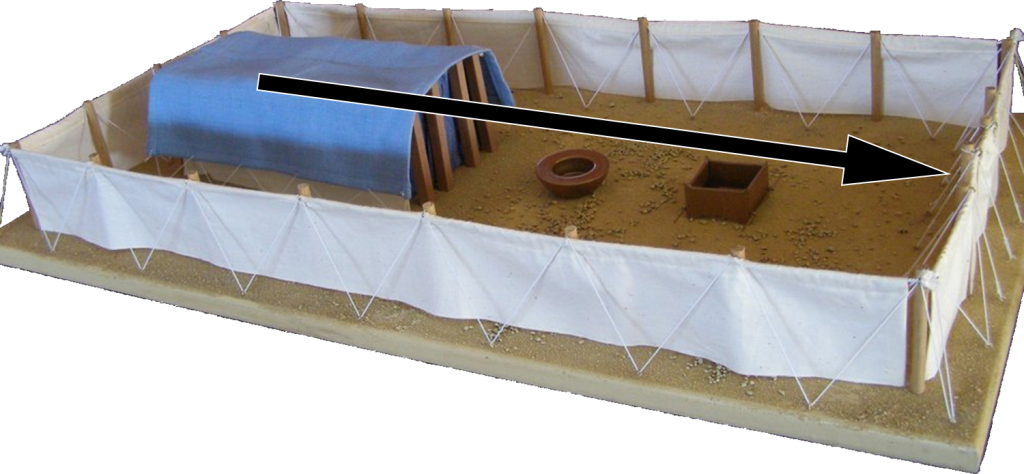
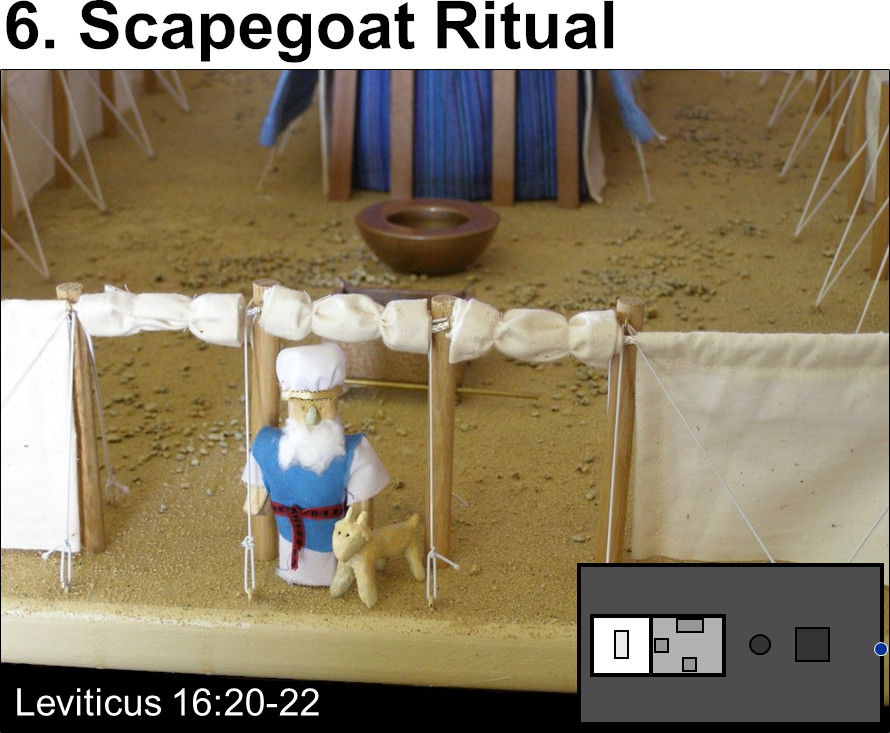
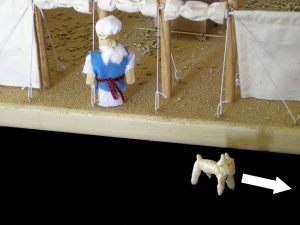
The High Priest next took the second goat, the scapegoat or ‘goat for Azazel’, to the entrance to the courtyard. The two goats should be thought of as performing one action in tandem: a kind of goat tag-team that removes defilement from God’s presence. The first goat washed sin out of the Tabernacle whilst the second goat carried that sin far away.
The High Priest placed his hands on the scapegoat’s head and confessed the all the sins and wickedness of Israel. This showed Israel’s desire to repent of sin and to obey God. Crucially, it demonstrated the transference of all the sins and impurities of Israel onto the goat, which was then led into the wilderness by an Israelite selected for the job. That goat would never return and thus Israel’s sin would never return either. God’s dwelling was cleansed. Israel was cleansed. Israel could continue to dwell in God’s presence as forgiven, cleansed people. The Psalmist expresses the idea well:
‘…as far as the east is from the west, so far has he removed our transgressions from us.’
Psalm 103:12
The ‘for Azazel’ dedication of the scapegoat is strange but significant. It appears to be a personal name since there is a symmetry to the dedications of the goats: the sacrificial goat was ‘for YHWH’ (God) and the scapegoat was ‘for Azazel’. Azazel appears to refer to a demon associated with the wilderness. It isn’t that the goat is being sacrificed or dedicated to a demon; in fact, the very next chapter specifically rules out that interpretation (Leviticus 17:7)! Rather, the Azazel reference is best understood in relation to the spiritual geography associated with the Tabernacle.

Israel’s camp was spiritually clean. Sin and impurities do not belong there! Where they ‘belong’, so to speak, is out in the furthest reaches of the world where sin and impurity abound and the nations worship idols and demons. We might say that the scapegoat was intended to take Israel’s sin out into demon-country where such things belong.
The ultimate hope of the Bible is that God’s presence would extend through all creation. One day sin and impurity would have nowhere to flee to and all of creation would be full of God’s presence. The Day of Atonement anticipated that time by flushing sin and impurities out of God’s presence and into the wasteland.
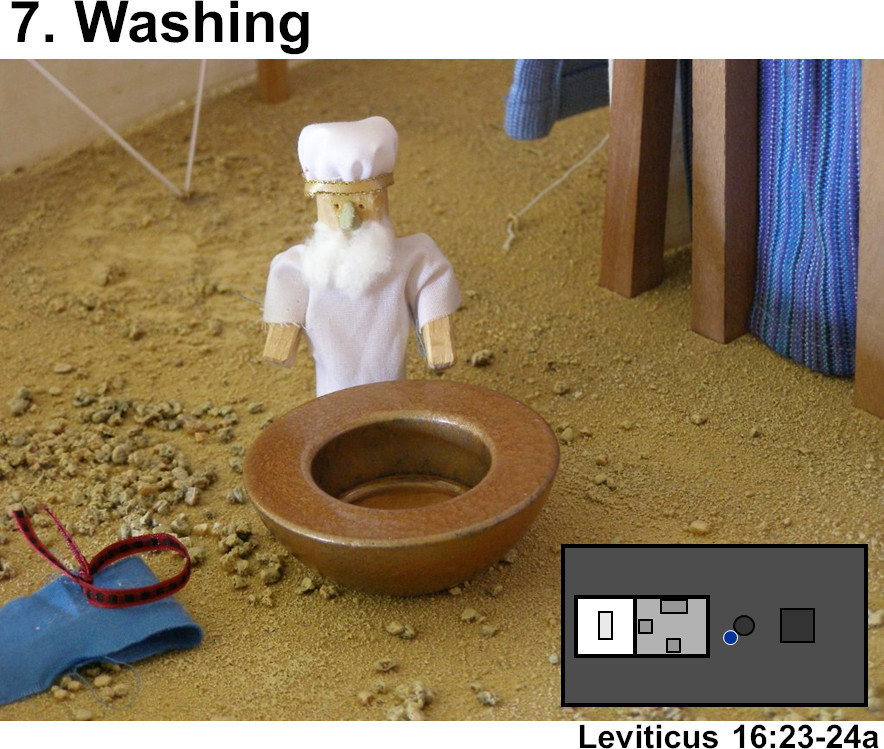
Dealing with sin is dirty work! Leviticus portrays it as similar to working in sewage disposal. Having finished his spiritual dirty-work, the High Priest washed himself and got changed.
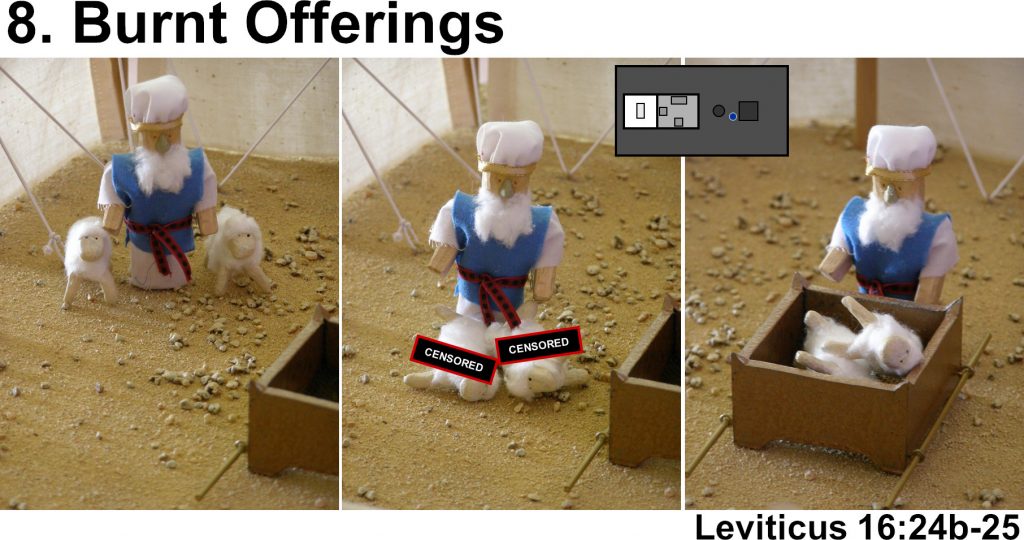
Finally the High Priest made two burnt offerings of the rams, one for him and one for the people. Burnt offerings made substitutionary atonement for the sinner who presented them and expressing their wholehearted devotion to God (Leviticus 1:3-17). Thus the Day of Atonement ends with atonement focussed on cleansing the people (rather than the tent), whilst expressing Israel’s commitment to live in obedience to God’s law. God’s generous cleansing of his people wasn’t intended to allow sin to continue unchallenged. Israel was to be cleansed in order to live holy lives of obedience (Leviticus 16:29, 31).
9. Clean Up
With the Day of Atonement ceremonies complete there was some clean up to do. The man who led the scapegoat away needed to be cleansed, and the carcases from the sin offerings needed to be removed from the camp and burned (Leviticus 16:26-28).
Jesus: sacrifice, scapegoat, high priest…
The Tabernacle made it abundantly clear that God is holy and utterly unapproachable by sinners. Darkness cannot dwell in the light of day; so with sin in the presence of God’s holiness. At their best the Tabernacle, its priests, and its sacrifices all portrayed a seemingly unsolvable problem. Sinners cannot dwell with God!
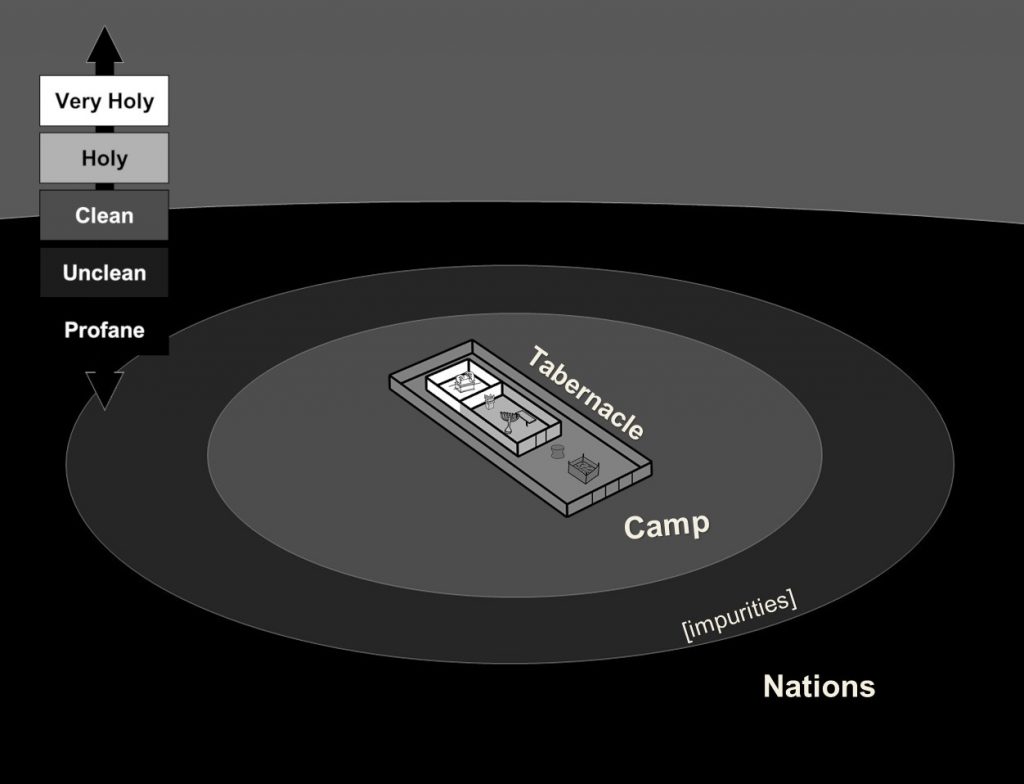
Jesus claimed that the Old Testament was all about him (Luke 24:27). He took our sins upon himself and carried them outside the camp of Jerusalem to the cross like a despised and unclean scapegoat (Isaiah 53:6; 2 Corinthians 5:21). At the cross Jesus was treated as though unclean, like the carcass of a sin-offering disposed after the Day of Atonement ceremony (Hebrews 13:12). He died as a sacrifice for sinners, his death a substitute for the unclean and the impure, in order that we could be washed, cleansed, and made holy in God’s sight (1 Corinthians 6:11). Unlike the sacrifices of the Old Testament (which were of limited and temporary value), Jesus’ sacrifice was “once-for-all”. His sacrifice did away with all the sin of his people forever (Hebrews 7:27).
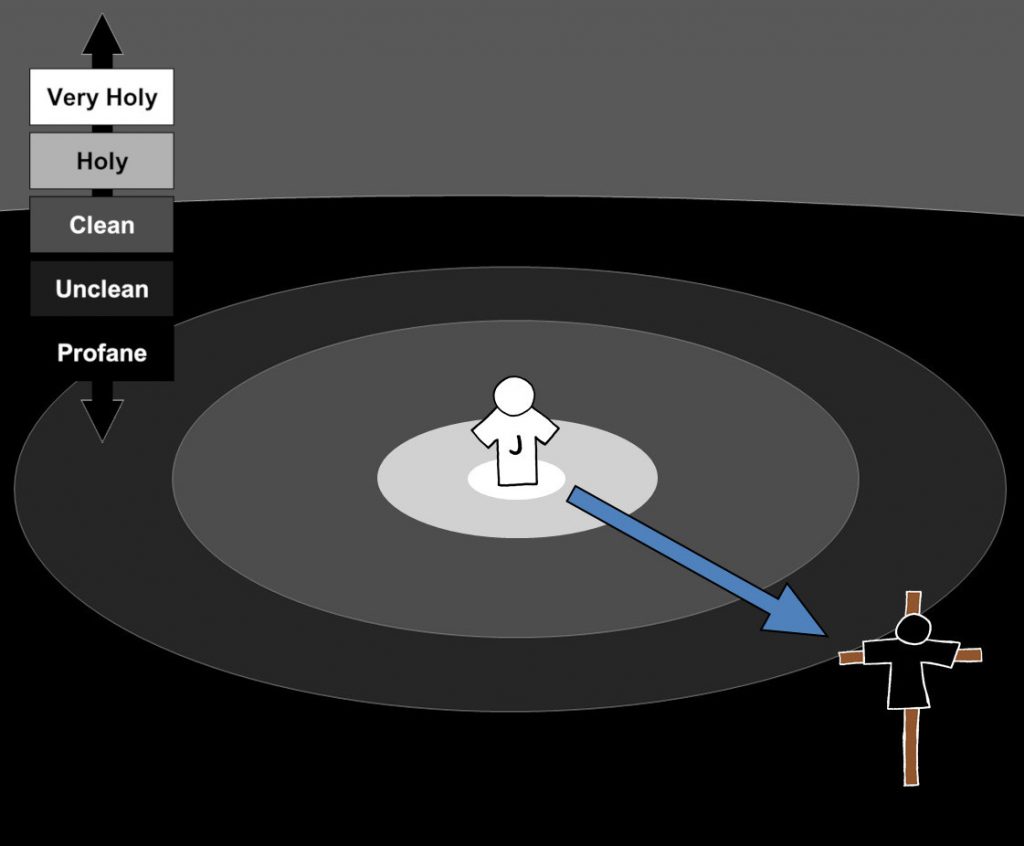
Jesus rose from the dead, the first human being ever to be free from the powers of death and decay (Acts 2:27). Jesus is holy in every way and declares creation his ‘clean’ property which he will return to transform entirely (Acts 10:9-16; Romans 8:19-21).
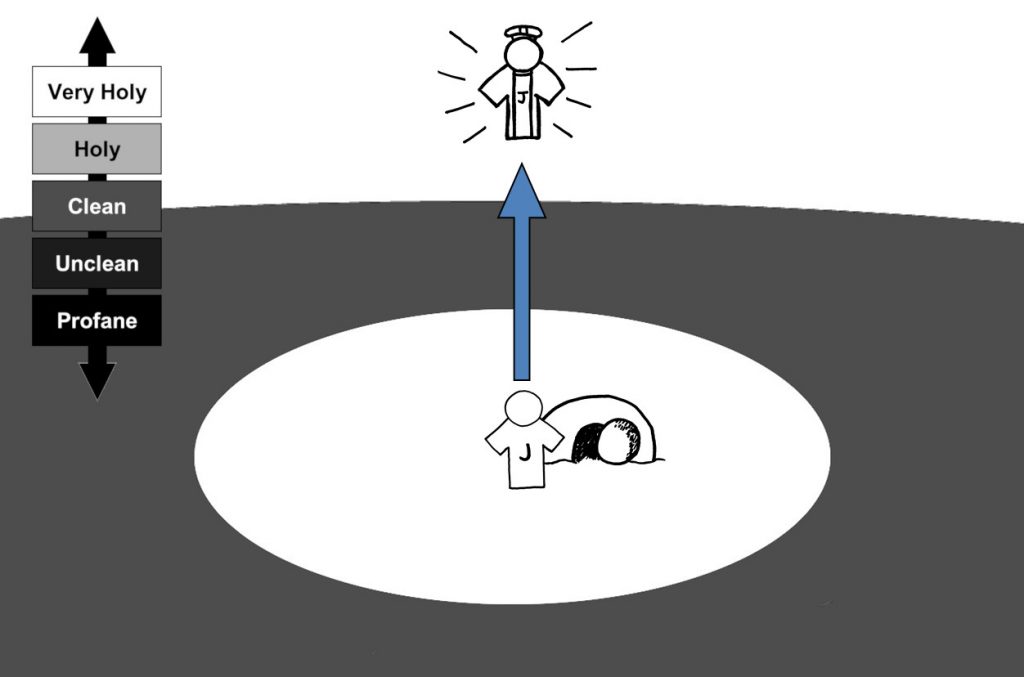
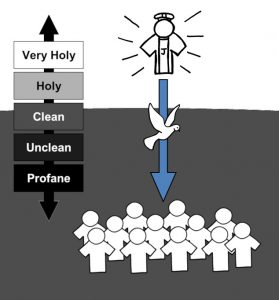
The truly extraordinary thing is that through Jesus we are made holy too. The most common designation of Christians in the New Testament is ‘saints’ or ‘holy people’. That means that we now belong inside that most inaccessible place, the Most Holy Place of the Tabernacle. The proof of this is that God’s Holy Spirit now lives inside believers (Ephesians 1:13-14; 1 Corinthians 3:16-17).
Jesus has made Christians the most holy place on earth!
Jesus’ Heavenly Ascent
Two of the most underappreciated parts of what Jesus did to save us were his ascension into heaven and his ongoing presence there (his ‘session’). The Tabernacle shows why the ascension and session of Jesus are essential to our salvation.
The Tabernacle was a model of the route from heaven to earth. That’s why Moses needed to follow God’s instructions closely (Hebrews 8:5). However, the High Priest was barely able to enter the model of the Most Holy Place, much less the real thing!
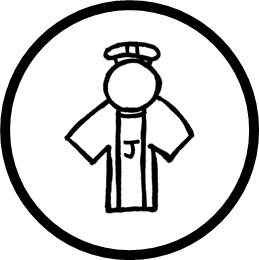
Jesus is a different kind of High Priest: an eternal, resurrected priest, entirely without sin, free from death and decay, fit to enter into God’s presence. In his ascension he travelled from earth to heaven, through a tabernacle ‘not made with human hands’ (Hebrews 9:11). Just as the High Priest would cleanse the earthly Tabernacle, Christ cleansed the heavenly places with the once-for-all sacrifice of himself (Hebrews 9:23-28). What this means is that there is no longer any dwelling of God that his people cannot enter. God’s people are always welcome in God’s presence. In fact, the presence of God’s Spirit in us means he is always with us already!
Having presented the completed sacrifice of himself, Jesus had no need to flee God’s presence like the Old Testament priests. Instead he confidently sat down in heaven, and rules all of creation (Hebrews 10:11-12). Christians now have confidence to enter the Most Holy Place by the blood of Jesus’ (Hebrews 10:19). And so it will be forever.
